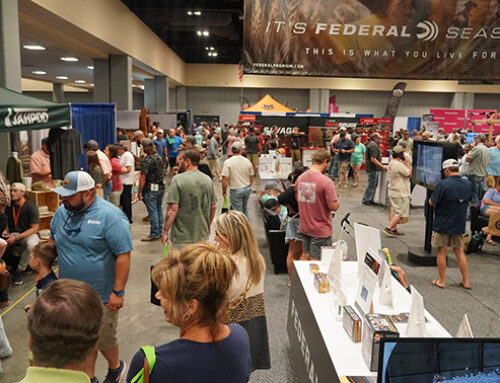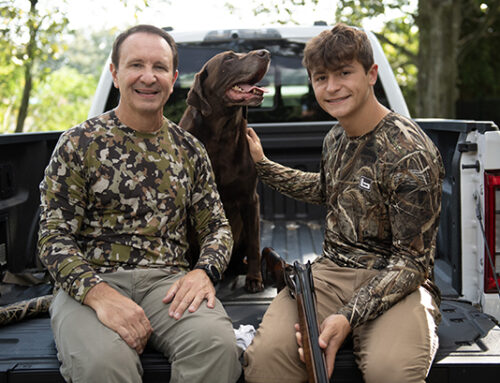Getting the Most Out of Predator Management

by Mike Buxton
Delta Waterfowl has conducted numerous studies over the past 24 years to examine the effects of Predator Management on duck production. As a result of this research, Delta biologists have developed specific criteria for selecting which areas of the prairie pothole region are best suited for Predator Management to produce the most ducks.
The first step is to identify skillful trappers who will be able to carry out Delta’s Predator Management goals. We enlist the assistance of local fur buyers, game wardens, state/provincial furbearer biologists and state/provincial trapping associations to ensure we have the best trappers available.
After we have determined our trapper roster, we partner with the U.S. Fish and Wildlife Service to examine complex computer models. These models look at several factors important to duck production such as breeding duck densities, available nesting cover and wetland densities. This exercise allows us to highlight areas of the breeding grounds that fit our research-backed, biological requirements for Predator Management.
Having narrowed our focus to distinct areas near our selected trappers, it’s time to look at those areas from the air. In October, we partner with the U.S. Fish and Wildlife Service Region 6 Aviation Program to get a bird’s-eye view of our prospective trapping areas. Flying that late in the year allows us to see what the landscape looks like right before the snow flies, which gives us a good indication of potential spring conditions.
While airborne, we survey wetland conditions, water levels, road access, the amount of nesting cover and any possible impediments to trapping to decide if the area is ideal for Predator Management. Flying is crucial to the site selection process because it allows us to see everything at once, instead of piecing information together from ground surveys.
As the snow melts in the spring, our trappers head to their assigned sites and work tirelessly to increase duck production by way of Predator Management.
Once the waterfowl breeding season is over, Delta biologists start the site-selection process all over again to ensure that as landscapes, nesting habitat and water conditions change, we are delivering Predator Management where it can boost duck production as much as possible.
Mike Buxton is waterfowl programs manager for Delta Waterfowl. He’s based in Bismarck, North Dakota.






I would like to apply as a trapper for Delta. Please tell me you require and what is expected of me. Thank you